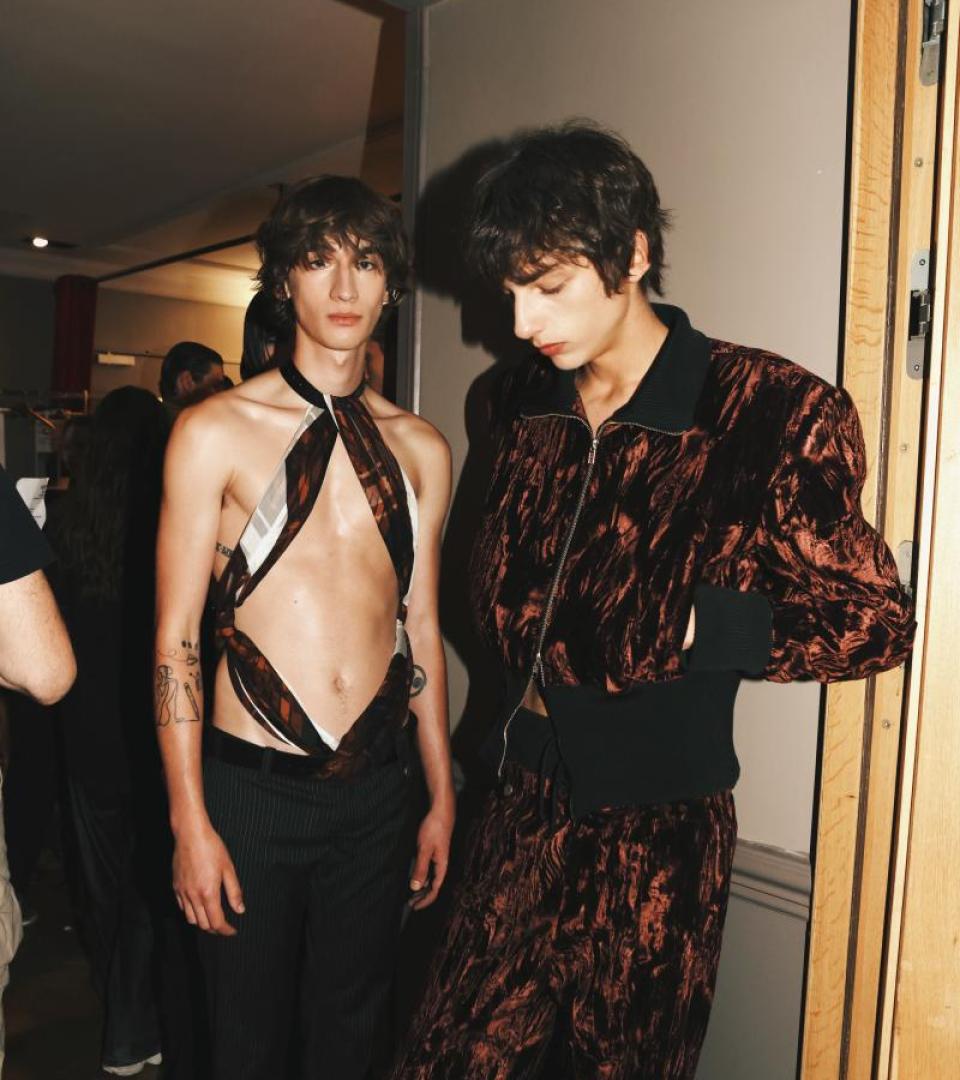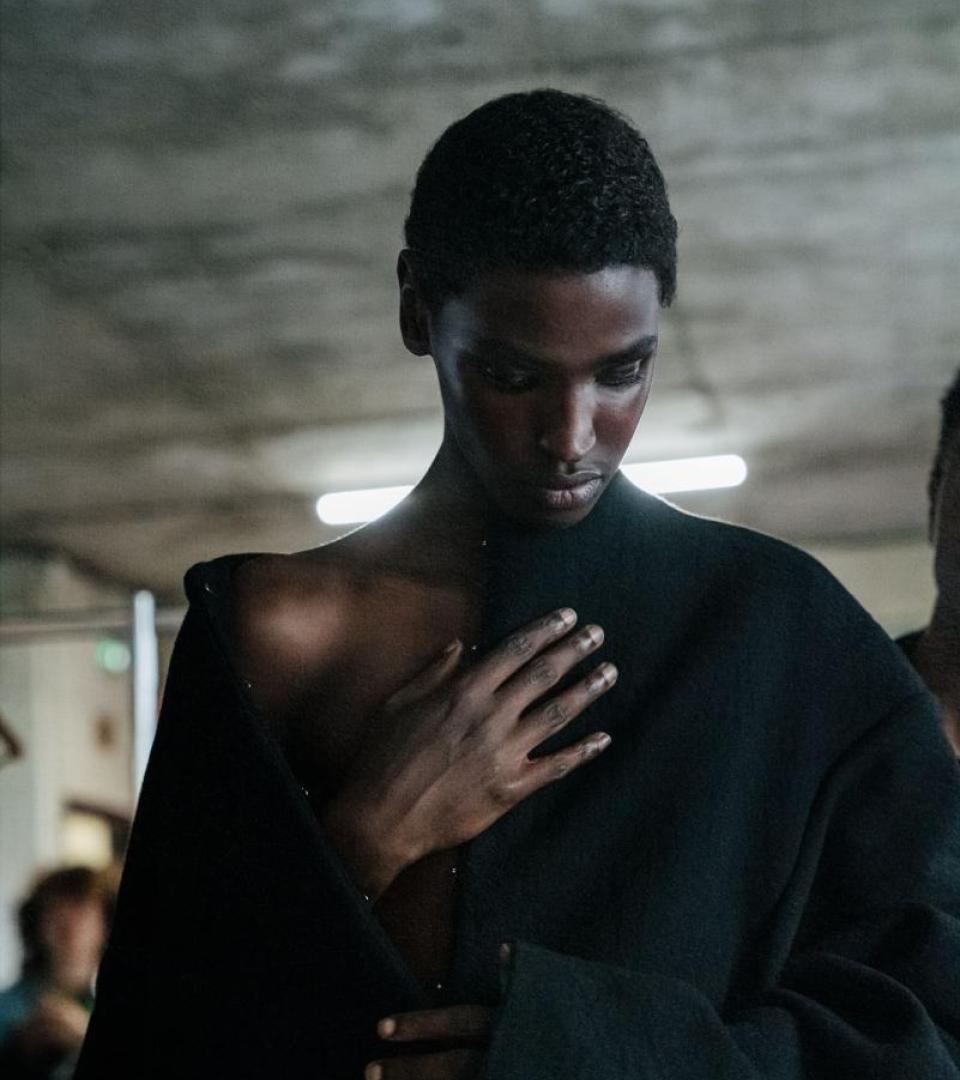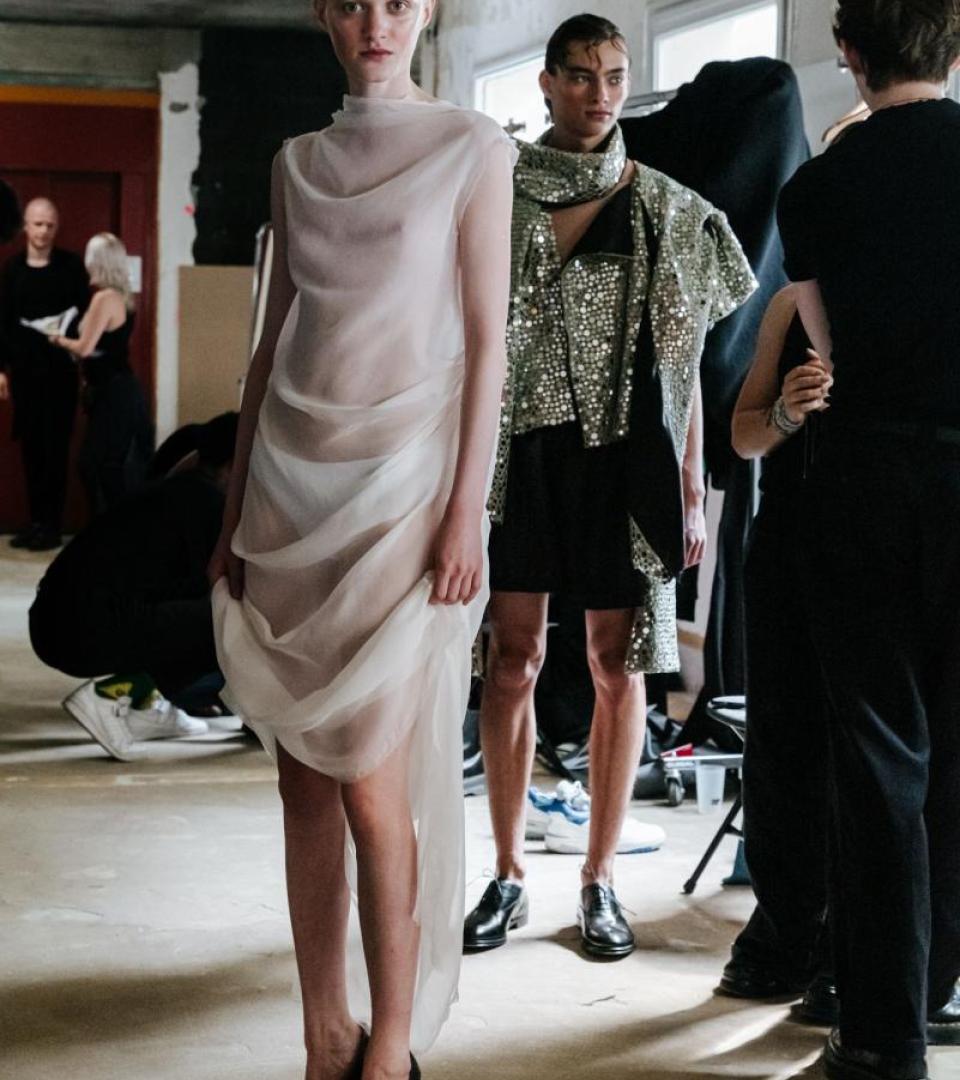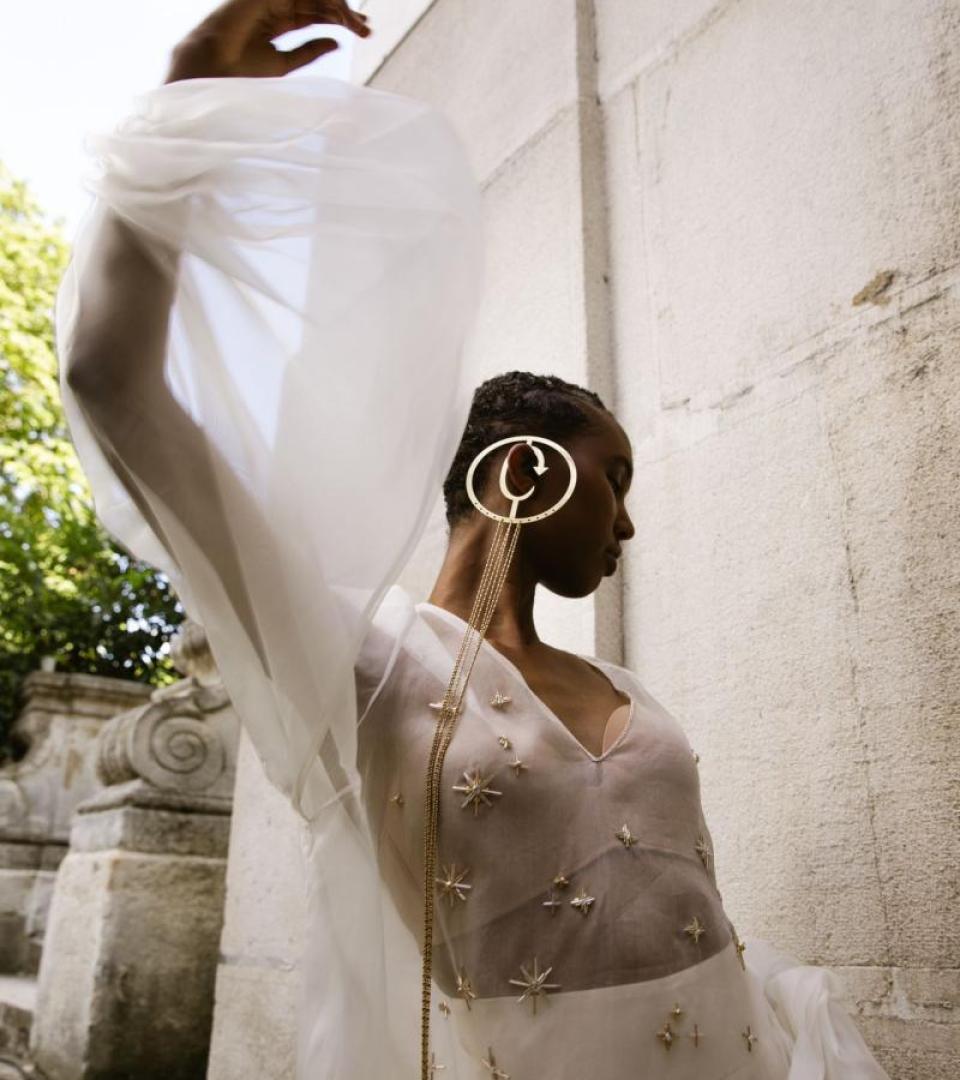What creates an emotional response for you in fashion today?
Whenever I see a designer come out and salute the audience, I get emotional. I think about the amount of work the team has put into these garments, the guts it takes to put yourself out there and own your vision. I am a little romantic, no matter if I liked the collection or not. When I hear the team backstage scream with relief and pride, it creates an emotional response. It is a team effort. I find it beautiful to witness a group of people do great work together.
What are you most curious to know about how designers work, how a collection comes together?
From our experience, we know now how a collection comes to life days before a show – and a few months before that. The intensity, the rigour, the every-minute-counts kind of feeling. What I am always curious to understand is how the team is involved, who does what, who participates in making this collection special – the butterfly effect. How does the designer manage to spark a team on a different journey each season. What's the hook. We are actually dreading AI; we respect the human touch too much.
In what ways are you seeing progress in fashion mirroring progress in the wider world?
Embracing diversity – not only on the runway, but also across key roles in the industry. Giving a voice to a wider range of talents. More women in power, in general. I also wish brands would produce less, as we clearly do not need as much newness especially at this current pace. But that seems to be a utopian dream.
If you could change one aspect of how we experience fashion today, what would it be?
My answer is ambivalent. Ideally, I would love to ban phones in order to fully experience the moment. I wish sharing something meant more of “I truly loved it,” rather than “I was here.” On the other hand, I also appreciate the visibility that sharing via social media gives to a broader audience. And then when we are not present, being able to discover and not miss things via that same phone screen.
What stands out as the most potentially disruptive influence on fashion in the near future?
The need for more. More wow effect, more wow destinations. This sense of the most talk of the town. We crave less voyant, more discreet, more efficient fashion.
This interview has been lightly edited.



